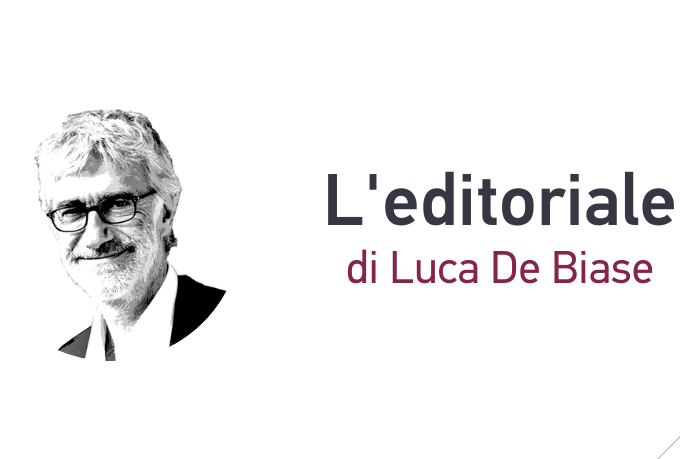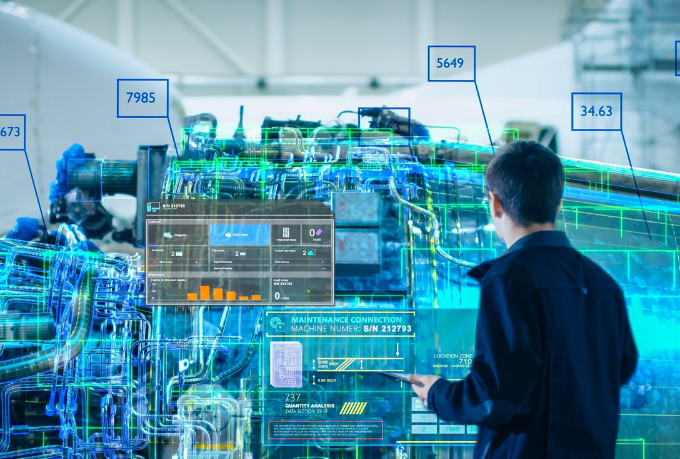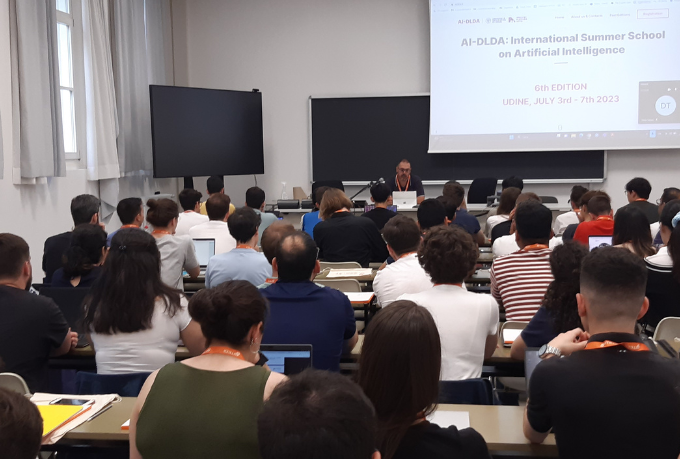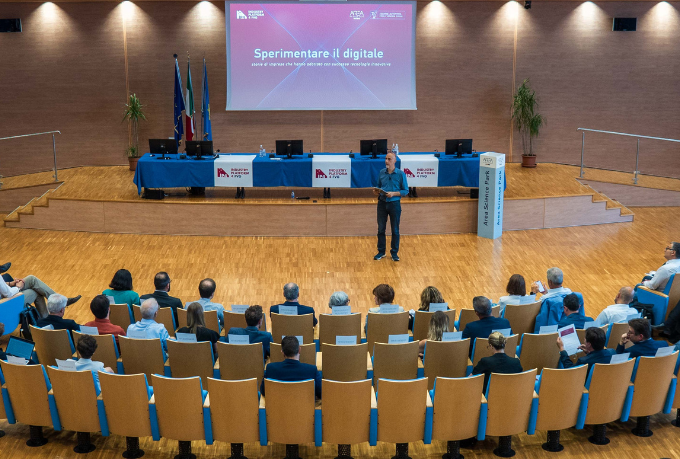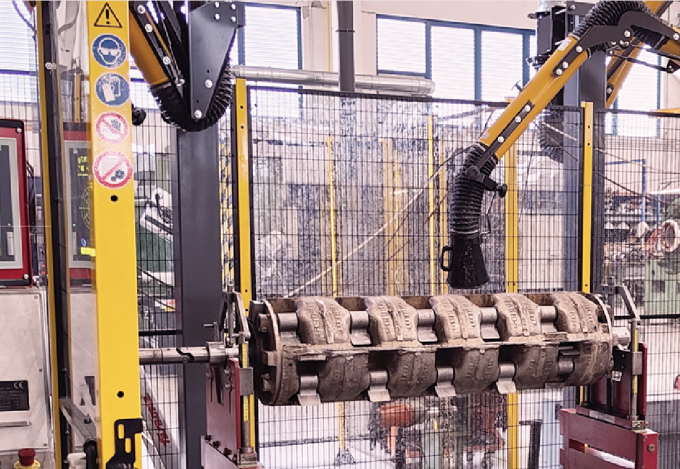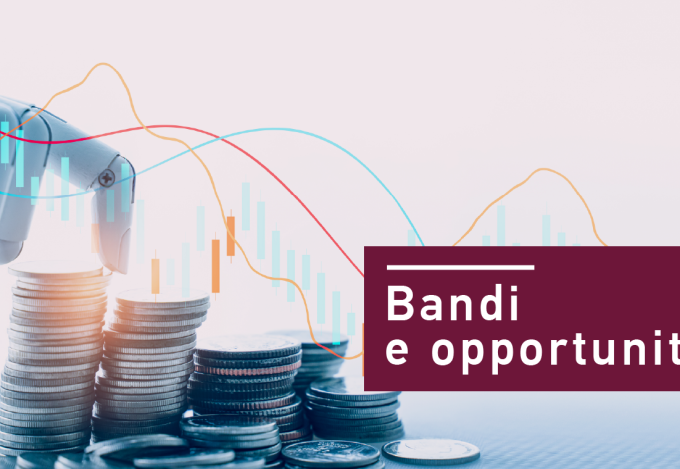
5 December 2022
Climate change and the impact on businesses in FVG
by Maurizio Fermeglia, Professor of chemical engineering, University of Trieste
The strategies that will shape the fate of our planet in the years to come will necessarily have to deal with the ever-increasing demands for energy. In view of the world’s population growth prospects and related improved living conditions, the best criteria for converting energy with maximum efficiency and minimum impact on the environment will have to be identified. Failing to do so would mean jeopardising hoped-for economic development or, even worse, irreversibly affecting the natural balance of our planet.
In 2009, John Beddington placed the “perfect storm” caused by food and water shortages and high energy costs at 2030. Beddington claims that “Unless we manage to address this chain of causes, major destabilisations are to be expected, with increased unrest and potentially significant waves of migration worldwide in an attempt to ward off food and water shortages.” This scenario stems from the observation of food price increases due to production not aligned with demand, coupled with a general trend of declining food reserves and the prospect of extraordinary droughts or floods. “Food and water, but also energy. They are all closely connected” explains Beddington. “You can’t think about dealing with one factor without considering the others.”
As things stand now, the average global temperature increase over the pre-industrial era is 1.2°C, while estimates point to an increase of 1.5° by 2030, which could rise to 4-5° by the end of the century if we do not take urgent action. Unfortunately, since our region lies between two “hot spots” – the Alps and the Mediterranean – it will experience an even greater temperature increase than the global average, with an estimated 50% increase. Science warns that this temperature rise is not sustainable and can lead to social upheaval of great intensity. The uninformed claim that it will be the end of the planet, but it will not: the planet will adjust, as it has always done over millions of years. It will be humankind that will have to succumb, and this is “an inconvenient truth” indeed!
What to do then? Given the link between today’s recession and the “perfect storm” that looms ahead in 2030, there is an urgent need to invest today in infrastructure and technology that will help prevent incalculable damage tomorrow. In other words, a major focus on energy production and consumption by investing in sustainable technologies and conduct, with major emp emphasis having to be placed on energy efficiency, renewable energy sources, smart energy grids, new sustainable mobility solutions, non-polluting energy carriers.
The industrial system of our region is aware of this issue, and there are several positive signs of an awareness that, fortunately, extends beyond simple and necessary economic considerations. The system is shifting towards “sustainable” management of the regional industrial sectors, focusing on a sustainability that strikes a balance between economic, social and environmental aspects, as already envisaged in the 1987 Brundtland Report.
In our region, there is a strong focus on identifying major sources of CO2 in order to act with methods of capturing and utilising CO2 for its reuse, an interest in using hydrogen as a reducing agent in the “hard to abate” sectors of secondary steel, glass, cement, and ceramics, in the use of hydrogen as an energy carrier for heavy-duty logistics (trains, tugs, lorries, buses), and in testing the feasibility of green ammonia production as an energy carrier for ships. Positive signs also emerge with respect to businesses’ interest in participating in renewable energy communities (RECs) both as producers and consumers of energy. Several regional entities are installing photovoltaic systems and are beginning to adjust, where possible, power absorption based on the availability of power from photovoltaic modules, thereby maximising self-consumption.
The regional research system has a strong focus on this change in mindset, and closely supports industry by providing data, indicators, simulations and modelling that help make decisions in a short time. In the energy field for example, several studies have been presented on the topic of return on energy investment, which manages to determine the energy benefit of a given process by evaluating the ratio of the energy delivered by the process to the energy used to deliver it over its entire life cycle. Another significant indicator in the energy field is the levelised cost of energy, which can be used to gain insights – based on CAPEX and OPEX data – into the possible cost of a given energy system. However, the most important indicator in respect of which companies large and small companies are showing growing interest is the Life Cycle Assessment (LCA) and criteria and standards for environmental certification of processes and products. A powerful tool that not only directly assesses a global warming indicator, but also takes into account all environmental indicators, basing calculations on ISO 14040 standards.
All of this can lead to economic, social and environmental benefit soon, hopefully even before 2030.
There is much more to be done to avoid the perfect storm in 2030, but fortunately technologies are available and the regional industrial system also seems to have grown aware of these issues. Time is not on our side though, urging us to keep a sharp focus.




